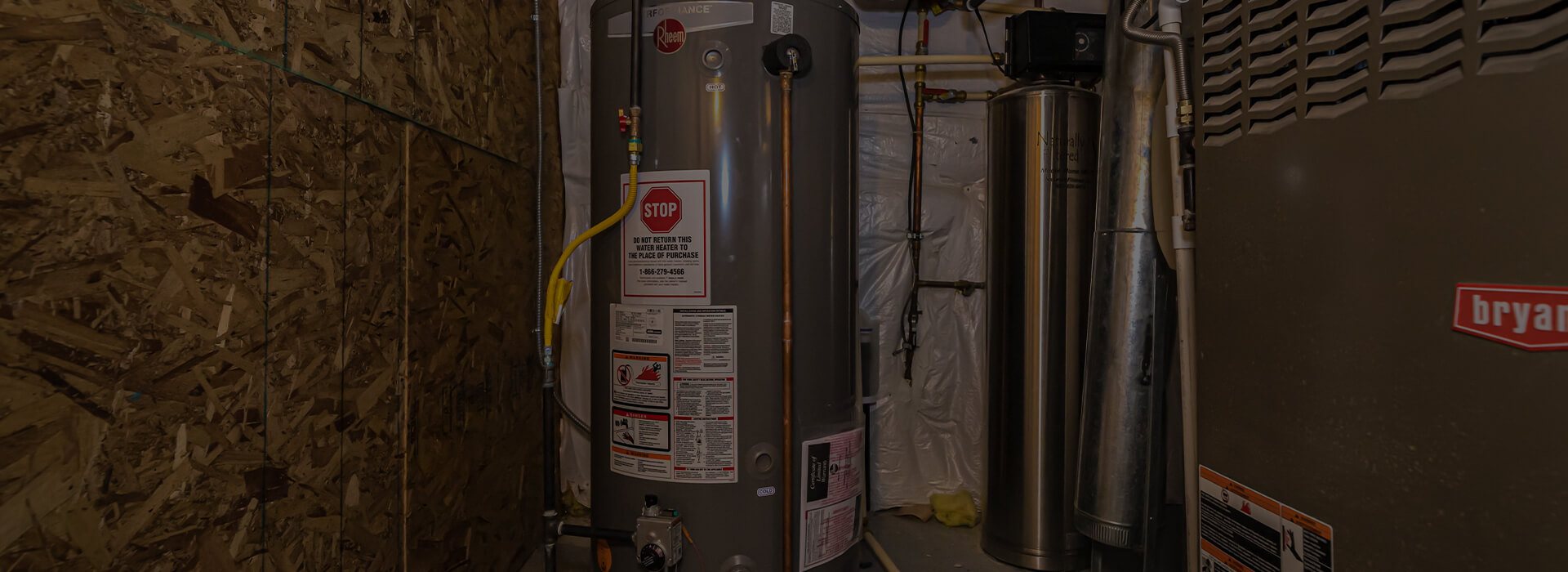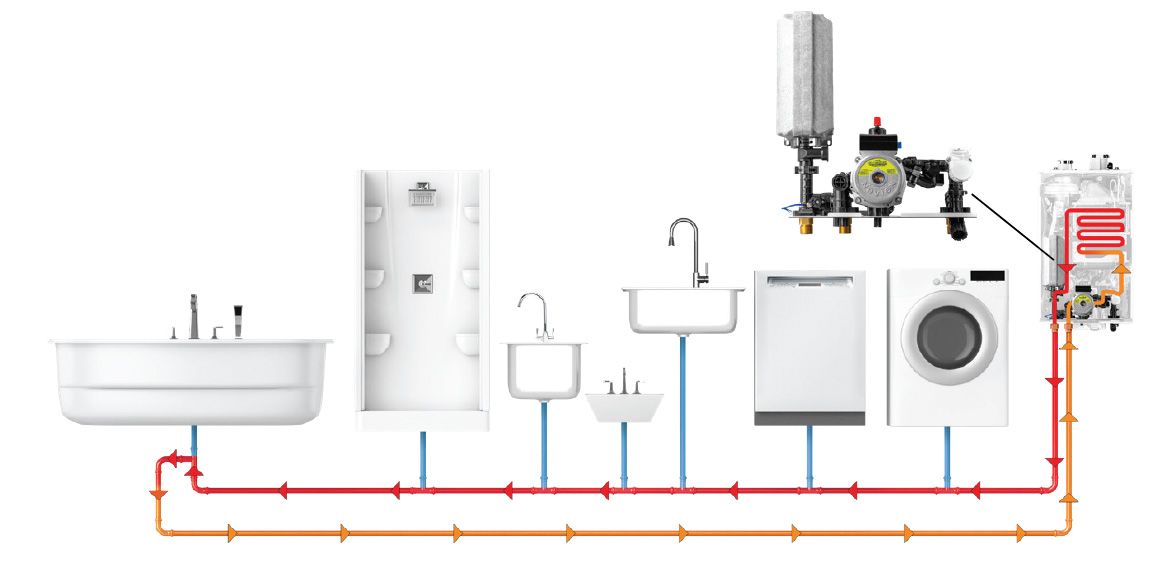21 Jan A Short History of Tankless Water Heaters
The history of tankless water heaters, also known as on-demand or instantaneous water heaters, can be traced back to the early 20th century. The first patent for a tankless water heater was filed in 1916 by an inventor named Edwin Ruud. Ruud’s invention used a coil of pipe with a burner underneath to heat water as it passed through the coil. However, this early design was not very efficient and was not widely adopted.
It wasn’t until the 1960s that tankless water heaters began to gain popularity in Europe and Japan. These early models were still relatively inefficient and expensive, but they began to gain traction as a more space-saving and energy-efficient alternative to traditional storage tank water heaters. At the time, Japan had a high population density and limited living space, so the compact design of tankless water heaters was particularly appealing. They also used less energy than traditional storage tank water heaters, which helped to reduce costs and conserve resources.
However, these early tankless water heaters had some limitations, such as a lower flow rate and a shorter lifespan compared to traditional water heaters. They also had a higher initial cost, which made them less accessible to the average consumer.
In the 1980s, advances in technology and manufacturing led to the development of more efficient and affordable tankless water heaters. These models used a heat exchanger to transfer heat from the combustion of gas or propane to the water, making them more efficient than earlier models. Additionally, in the 80s, manufacturers began to use stainless steel heat exchangers, which are more durable and resistant to corrosion than the copper heat exchangers used in earlier models. This helped to increase the lifespan of tankless water heaters and reduce maintenance costs.
In the 1990s, tankless water heaters began to gain popularity in the United States. They were primarily used in commercial and industrial settings, but as their efficiency and cost effectiveness continued to improve, they began to be used in residential settings as well. Now they are the go to for many new builds as well as older homes that want efficient, modern systems.
In the 21st century, many manufacturers have developed better electric tankless water heaters, which do not require a venting system, making them more adaptable to state and local electrification plans. Moreover, the development of advanced control systems, such as modulating technology, that enables the water heater to adjust its power output depending on the hot water demand, allowing for a more efficient use of energy.
Tankless water heaters have come a long way since their invention in 1916. They have evolved from inefficient and expensive models to highly efficient and cost-effective options. Its exciting to think about what’s coming next to the industry!
Author
Simmilar Posts
The Navien NPE-240A is a gas-powered, tankless water heater manufactured...
The history of tankless water heaters, also known as on-demand...
There’s a lot of talk about re-circulation for domestic hot...
After years of working as a plumber and installing water...







